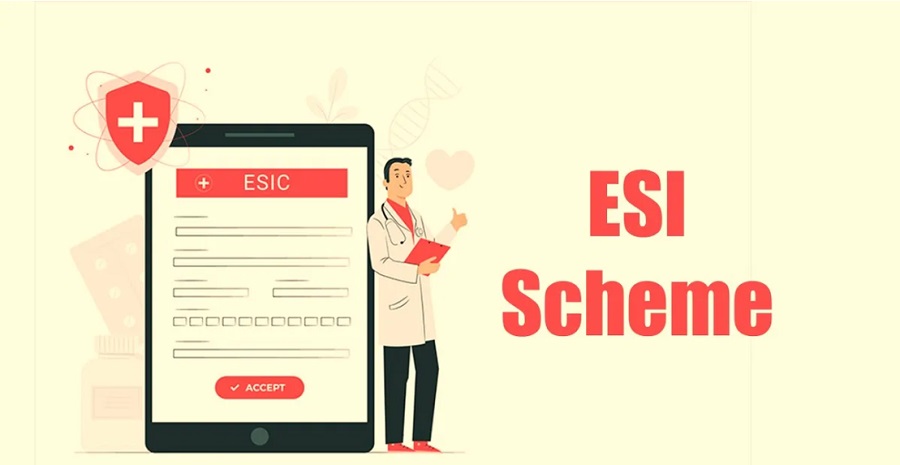Why the scheme is in the news?
According to the provisional payroll data of ESIC, March 2023 witnessed the addition of 17.31 lakh new employees. This growth in employment is accompanied by the registration of approximately 19,000 new establishments, which brings these establishments under the social security coverage of the Employees’ State Insurance Corporation. This expansion in coverage ensures greater protection for workers. Furthermore, the data highlights the positive impact on youth employment, as individuals up to the age of 25 accounted for the majority of new registrations. Specifically, 8.26 lakh employees, constituting 48% of the total additions, belong to this age group. These statistics indicate a favorable trend of job creation and increased social security coverage for the nation’s youth.
Buy Prime Test Series for all Banking, SSC, Insurance & other exams
Employees’ State Insurance Scheme
The Employees’ State Insurance Corporation of India is a comprehensive social system that offers socio-economic protection to workers and their immediate dependents covered under the ESI scheme. Established under the Employees’ State Insurance Act, 1948, the scheme aims to provide integrated social insurance by safeguarding employees from the adverse effects of sickness, maternity, disability, and employment-related injuries. It also ensures access to medical care for insured individuals and their families. The ESI scheme is designed to provide a holistic support system for workers, addressing their healthcare needs and providing financial security during challenging times.
Objectives:
The primary objective of the ESI Scheme, as defined in the Employees’ State Insurance Act, 1948, is to safeguard employees against the consequences of sickness, maternity, disablement, and death resulting from employment-related injuries. Additionally, the scheme ensures access to medical care for insured individuals and their families. Its purpose is to provide comprehensive protection and healthcare support to employees as per the provisions of the Act.
Scope:
- The ESI Scheme is applicable to various types of establishments, including factories, road transport, hotels, restaurants, cinemas, newspapers, shops, and educational/medical institutions, where a minimum of 10 or more persons are employed.
- However, in some states, the threshold limit for coverage of establishments is still 20 employees.
- The ESI Corporation has decided to raise the wage ceiling for coverage of employees under the ESI Act from Rs. 15,000/- to Rs. 21,000/-.
- From 1st August 2015, the benefits of the ESI Scheme have been extended to workers employed on construction sites in areas where the ESI Scheme is implemented.
- The implementation of the ESI Scheme is carried out on a district-wise basis.
- Currently, the ESI Scheme is notified in 611 districts.
Financing:
The funding for the ESI Scheme is sourced through contributions from both employers and employees. Employers contribute 4.75% of the wages payable to their employees, while employees contribute 1.75% of their wages.
Exemptions:
Employees who earn less than Rs. 137/- per day as daily wages are exempted from paying their share of contribution towards the ESI Scheme.
You may also read this:
- India’s Deep Ocean Mission: Advancing the Blue Economy
- PM CARES Fund: Overview, Composition, and Funding
Find More News Related to Schemes & Committees




 States and Capitals - How Many States in...
States and Capitals - How Many States in...
 International Day of Light Date, History...
International Day of Light Date, History...
 International Day of Living Together in ...
International Day of Living Together in ...

